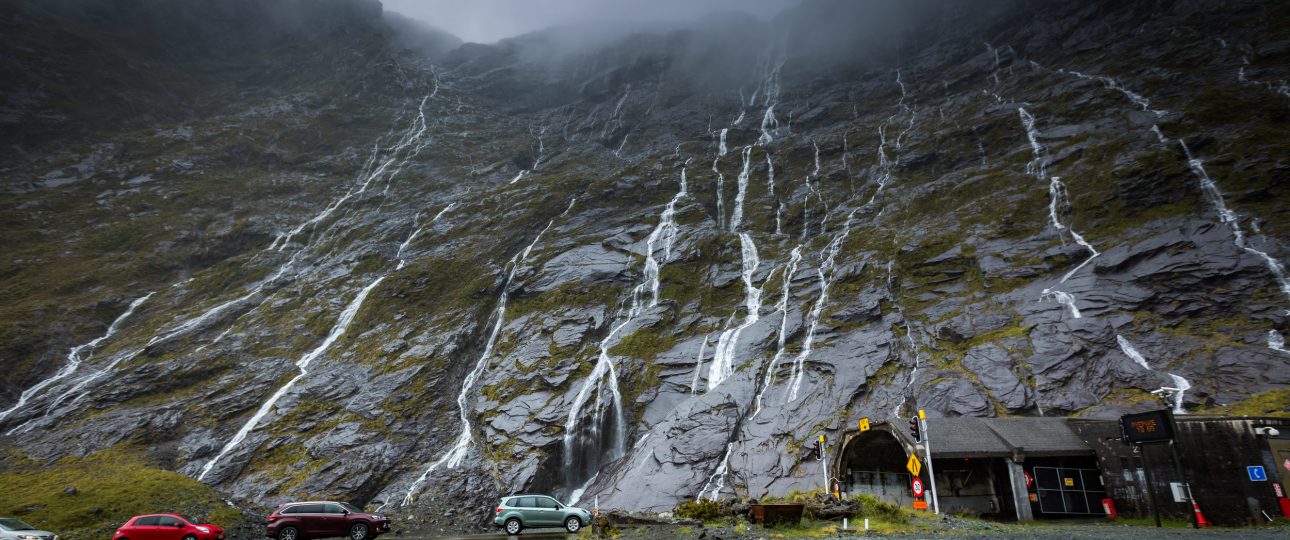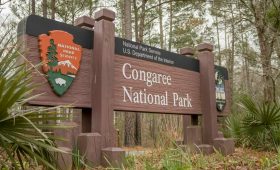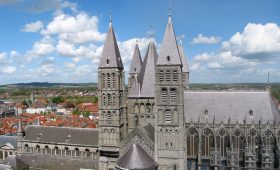Milford Sound Drive: A Journey Through New Zealand’s Fiordland
Discovering Milford Sound
Milford Sound, or Piopiotahi, is a stunning fiord located in New Zealand’s Fiordland National Park. Despite being misnamed as a ‘sound,’ this natural wonder was carved by glaciers and is renowned for its dramatic cliffs and pristine waters. The area was first discovered by European John Grono in the early 19th century and named after Milford Haven in Wales. Today, it stands as a testament to nature’s raw beauty, drawing over 400,000 visitors annually.
When to Visit
While summer months from December to February offer mild temperatures and longer daylight, Milford Sound is known for its unpredictable weather. The region receives about 252 inches of rain annually, so rainwear is essential. Some argue that the fiord is at its most spectacular during rainfall, when waterfalls are at their fullest. For a comprehensive experience, consider visiting in both sunny and rainy conditions.
Getting There
Reaching Milford Sound is an adventure. Most travelers start from Queenstown, a vibrant city on New Zealand’s South Island. The drive is long and winding, taking about ten hours round trip, but the landscapes are breathtaking. Alternatively, flights from Queenstown, Te Anau, or Wanaka offer stunning aerial views of the mountains and glaciers. Helicopter tours provide a quick and scenic option, with landings at key spots like the Tutoko Glacier.
Exploring Milford Sound
Once at Milford Sound, several transportation options allow you to explore the area. Cruises offer close-up views of the towering cliffs and waterfalls. Hiking trails, like the famous Milford Track, cater to all levels of hikers. For a unique perspective, helicopter tours provide a bird’s-eye view of the fiord and its surroundings. Be prepared for sandflies, and bring insect repellent to ensure a comfortable visit.
Key Facts
- Milford Sound is a fiord, not a sound, formed by glaciers.
- It was named by John Grono after Milford Haven in Wales.
- The best time to visit is during summer, but be prepared for rain.
- Access is primarily from Queenstown, with options for driving or flying.
- Local activities include cruises, hiking, and helicopter tours.




